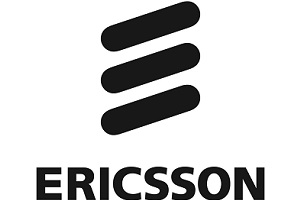With the introduction of 5G and an increased variety of network services with data-hungry applications, network operations are becoming increasingly complex. Radio access networks (RAN) will need to cope with the diverse use cases and devices while delivering the best user experience for each of them.
To manage this complexity profitably, service providers need to efficiently utilise limited resources. Faced with these challenges, rApps have emerged as a solution to provide the tools and applications needed to effectively manage complexity.
Today’s announcement of Ericsson’s RAN Energy Control and RAN Energy Cockpit rApps supports service providers in their intelligent automation journey, with a focus on energy efficiency.
The Ericsson RAN Energy Control rApp provides an autonomous mechanism using artificial intelligence (AI) and machine learning (ML) technologies with closed-loop automation. This mechanism autonomously determines which radio power-saving features per radio unit should be activated or deactivated every 15 minutes across the whole network on a radio unit-level of granularity. It also takes traffic impact into consideration using ML to ensure network performance is protected. This reduces the daily radio network energy consumption by up to 25% without impacting user experience.
With a focus on improving energy consumption and efficiency of the network at scale, the Ericsson RAN Energy Cockpit rApp monitors the energy performance of each radio unit and for the overall network. It does this by providing visualisation of the overall network energy efficiency with site granularity, automated identification and isolation of causes of inefficiencies and resolution recommendations.
Freddie Sodergren, head of technology and strategy for networks, Ericsson, says, “Continuous innovation is important to ensure performance and impeccable user experience. The new rApps are a significant step forward in supporting our customers with any network of their choice and building resilient, open, sustainable, and intelligent networks of the future.”
Ericsson’s new energy efficiency-focused rApps will be delivered initially in the Ericsson Intelligent Automation Platform. Both rApps are also platform-agnostic and deliver functionality into Open RAN architectures using the O-RAN Alliance’s R1 interface. This gives service providers the flexibility to choose their desired network evolution path while automating their network with greater energy efficiency.
Notes to editors: An rApp is an application designed to run on the non-real-time RAN intelligent controller (Non-RT-RIC) to realise different RAN automation and management use cases, with control loops on a time scale of one second and longer.
Comment on this article below or via Twitter: @VanillaPlus OR @jcvplus






